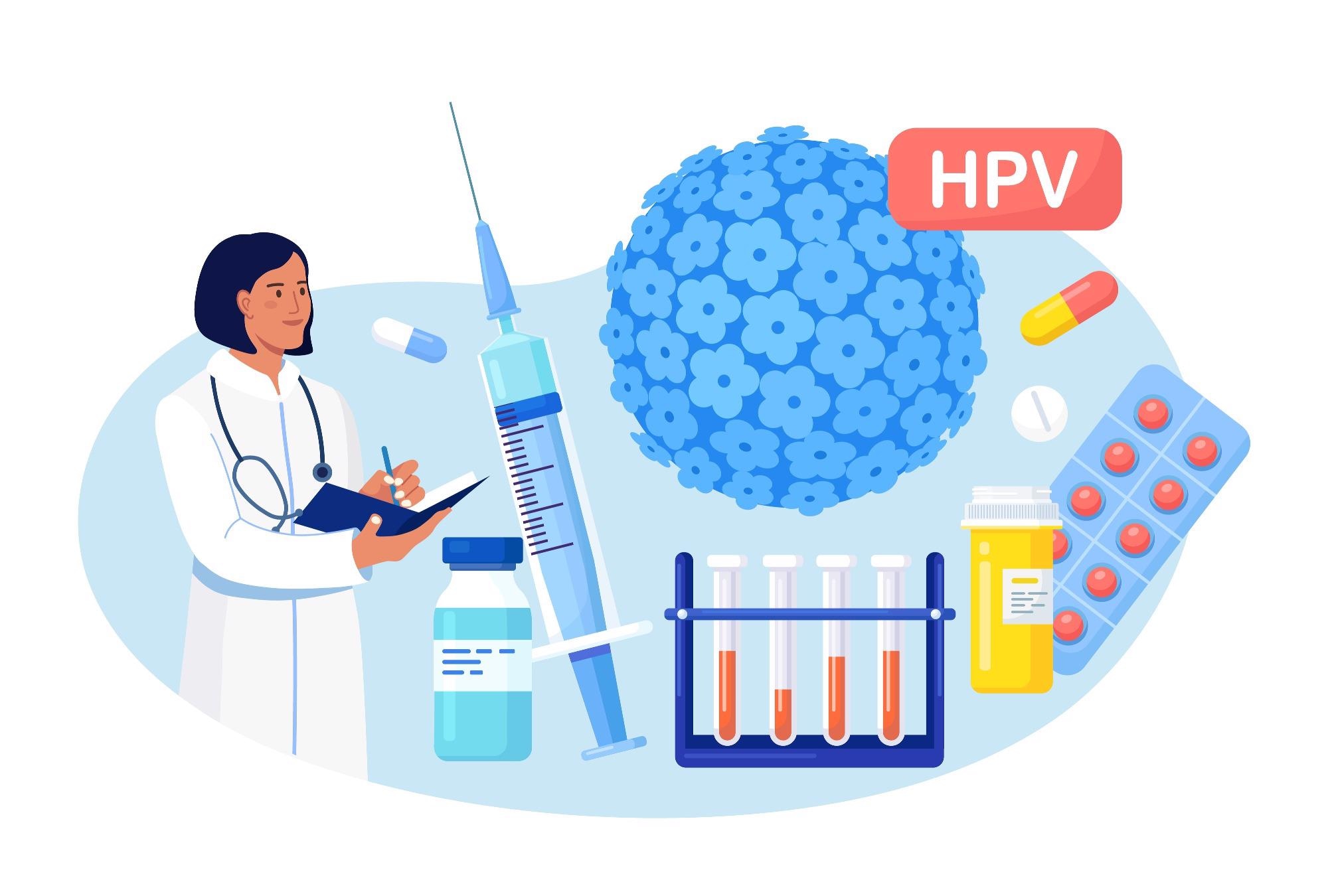Scientists have been continually working on creating novel drug delivery systems with increased efficacy and safety. Recently, a new nano-drug delivery system (NDDS) was established based on bio-graphene nanocomposite to treat cervical cancer. This study is available in ACS Applied Bio Materials.

Study: Design of Bio-Graphene-Based Multifunctional Nanocomposites Exhibits Intracellular Drug Delivery in Cervical Cancer Treatment. Image Credit: Buravleva stock/Shutterstock.com
Treatment of Cancer and Nanotechnology
The World Health Organization has recently stated that cancer is one of the prime causes of human death. This disease is associated with uncontrolled cell growth in the body that results in tumors that affects the immune system. Scientists have constantly worked on developing means for the early diagnosis, discovering effective treatments and preventive measures to protect individuals from cancer.
Cervical cancer causes a large number of deaths in women. Due to the lack of awareness, most affected women visit healthcare facilities in their later stages of the disease. Scientists have developed various NDDS, which have been highly effective for cancer treatment. These nano-based systems preserve the drug from metabolic degradation, prolong its circulation lifetime, improve targeted delivery, control release, and lower post-treatment side effects.
Clinicians use cisplatin (cis-diamminedichloroplatinum II, (CDDP)), a platinum-based chemotherapeutic anticancer drug, to treat different types of cancer including cervical, bladder, and ovarian cancers. Although CDDP is highly effective against cancer, it has some serious disadvantages, i.e., it might cause cardiotoxicity, ototoxicity, nephrotoxicity, and peripheral neuropathy. Therefore, there is a need to develop novel NDDS, which can minimize the adverse effects of CDDP and improve its anticancer efficacy.
Graphene and Drug Delivery
Graphene nanoparticles have been widely used in various nanobiotechnological applications, including biomedicine. Scientists have stated that graphene oxide (GO)-based nanomaterial is a viable candidate for controlled drug delivery. Owing to its extraordinary drug loading capacity, outstanding physiochemical properties, strong colloidal stability, and rapid cellular absorption, GO nanomaterials have been applied to improve current chemotherapies.
Several studies have shown that GO-based materials cause DNA damage and reproductive damage, generate reactive oxygen species (ROS), and induce programmed cell death. GO-based nanomaterials are also reported to be genotoxic in human keratinocytes. Scientists have incorporated different molecules, such as poly(ethylene glycol) (PEG), chitosan, poly- (lactic acid) (PLA), and polyvinylpyrrolidone (PVP), to modify the functionality of GO to increase its biomedical applications.
Researchers have developed carbohydrate polymer chitosan (CS) that exhibits many bio-functionalities and an impressive safety profile. CS has shown excellent biocompatibility, biodegradability using chitinases, and low toxicity. Although CS has many advantages, it also comes with several limitations, including poor mechanical properties and solubility in acidic solutions. These drawbacks have been overcome by utilizing graphene-based composite materials.
Bio Graphene-Based Nanocomposite Material for Drug Delivery in Cancer Therapy
Recently, researchers have used graphene-based composite materials, which possess superior mechanical properties, and are resistant to acidic environments. In this study, scientists developed CDDP@CS-GO-based efficient NDDS. This platform has enhanced the efficacy of the loaded drug and has exhibited appreciable stability, sustained drug release, pH response, and dispersibility.
Scientists reported that the GO nanosheet was covalently bonded with chitosan, which reduced the toxicity of GO and improved the efficacy of drug loading. The efficiency of CS-GO NCs in loading CDDP was determined by inductively coupled plasma mass spectrometry (ICP-MS). Scientists observed that the functionalization of CS and the loading of CDDP on the surface of GO nanosheet decreased the protein adsorption, making it a viable candidate for drug carriers.
Researchers evaluated the cell proliferation activity of CS-GO, free CDDP, and CDDP@CS-GO NCs, using the MTT assay in human epithelial adenocarcinoma cells (HeLa) cells. They observed that cells exhibited morphological changes, i.e., rounding and shrinking, in the presence of CDDP@CS-GO NCs. In this study, scientists performed cell viability assays and utilized confocal laser scanning microscopic (CLSM) to confirm the uptake properties of the CDDP@CS-GO NCs and cellular localization. Scientists observed that CDDP@CS-GO NCs are pH sensitive and, hence, can be used for controlled release of the drug.
The present study reported that CDDP internalization was enhanced in cells treated with CDDP@CSGO NCs compared to those without CDDP. This implies that CS-GO serves as an effective drug carrier that can improve the intracellular concentration of CDDP, compared to the CDDP-free cells.
Scientists determined the apoptosis rate by CDDP-free and the CDDP-loaded CS-GO NCs, observing a higher apoptotic population in CDDP@CS-GO NC-treated cells than CDDP-free cells. This might be because of the increased internalization of CDDP@CS-GO NC, which induced apoptosis more effectively than the CDDP-free cells.
Concluding Remarks
Researchers reported that the newly synthesized CDDP@CS-GO nanocomposite could efficiently target HeLa cells through a nonspecific endocytosis mechanism. After reaching the target site, the anticancer drug gets released in the acidic pH environment. The authors believe that CDDP@CS-GO NC-based nanotherapeutic biomaterials could be utilized for various biomedical applications, including treating different types of cancers.
Reference
Vasanthakumar, A. et al. (2022) Design of Bio-Graphene-Based Multifunctional Nanocomposites Exhibits Intracellular Drug Delivery in Cervical Cancer Treatment. ACS Applied Bio Materials. https://pubs.acs.org/doi/10.1021/acsabm.2c00280
Disclaimer: The views expressed here are those of the author expressed in their private capacity and do not necessarily represent the views of AZoM.com Limited T/A AZoNetwork the owner and operator of this website. This disclaimer forms part of the Terms and conditions of use of this website.